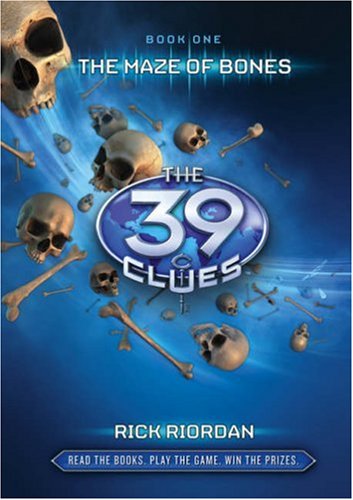
Hunger Games Hunger Games Hunger Games Hunger Games... Welcome to the mantra running through my head during the brief hours that I'm in the middle of, but not actually reading, one of the Hunger Games books. If you haven't read them yet, you must. If you teach students from grades 6 and up and your students haven't read them yet, they must! I'd love to tell you all about them (or even a ballpark explanation of the plot), but I had the pleasure of opening the first one before I knew ANYTHING about the plot, and it was a zillion times more fun that way. Instead, here are just a few pieces of advice:
1. Buck up for the basic premise; it's rough if you think about it too much. Remember that fantasy is fantasy!
2. Don't get yourself past page 50 of either the first two books when you don't have substantial time to just read. You will Not. Want. To. Put. Them. Down.
3. Don't read the teaser for books ahead of the one you are reading! Major spoiler alerts!
I'm actually still reading book 3 now, which I know probably breaks the most important rule I should keep for writing this blog (i.e. Don't blog about a book until you're done reading it!) but I couldn't hold off on the first two and I'm don't want to blast out details of each book and risk spoiling another reader's fun. As I'm reading, I have been trying to examine exactly why these books are such page-turners. Sure, Collins writes about adrenaline-pumping adventures with classic end-of-chapter hooks and twists, but they're more than just adventurous beach reads. Instead, she weaves a fast paced, action-packed plot into a truly thought-provoking premise. End result: I feel a need to take a closer look at my own society while at the same time pressure to learn to hunt rabbits and create snares so I can survive in the woods if need be.










